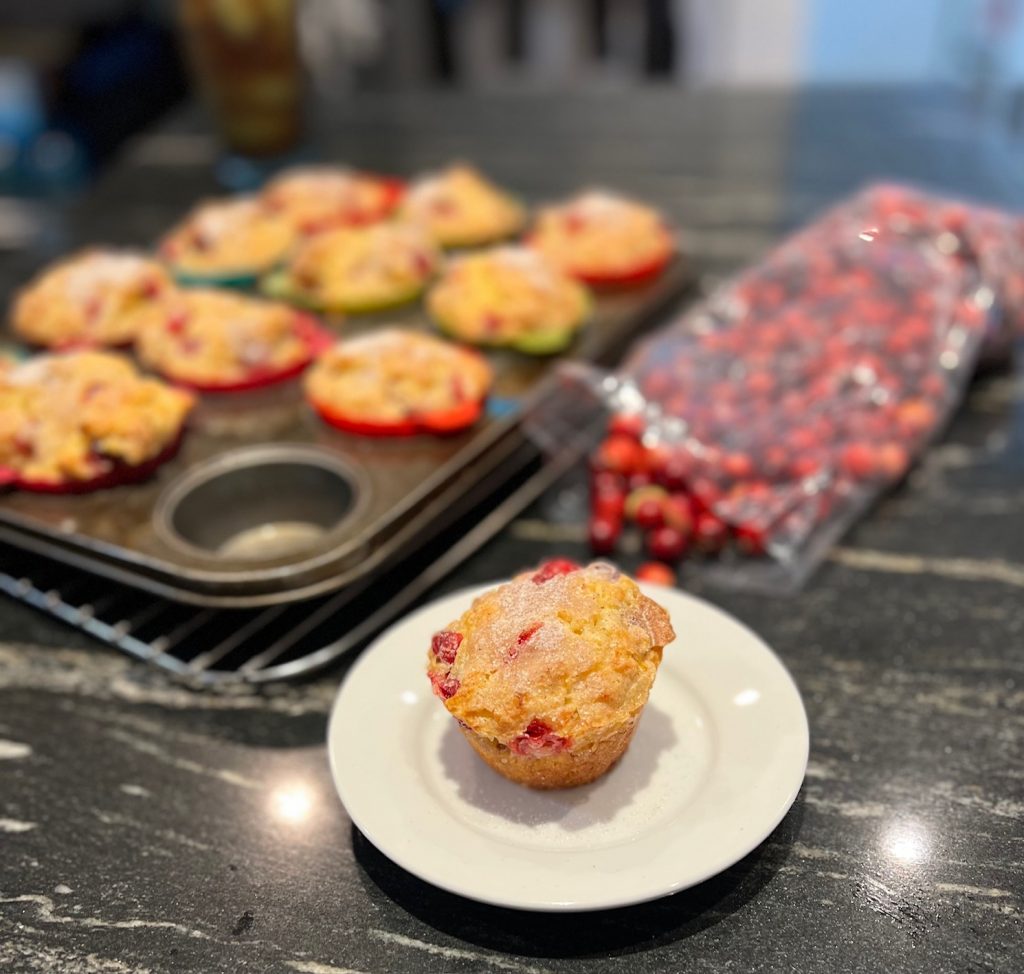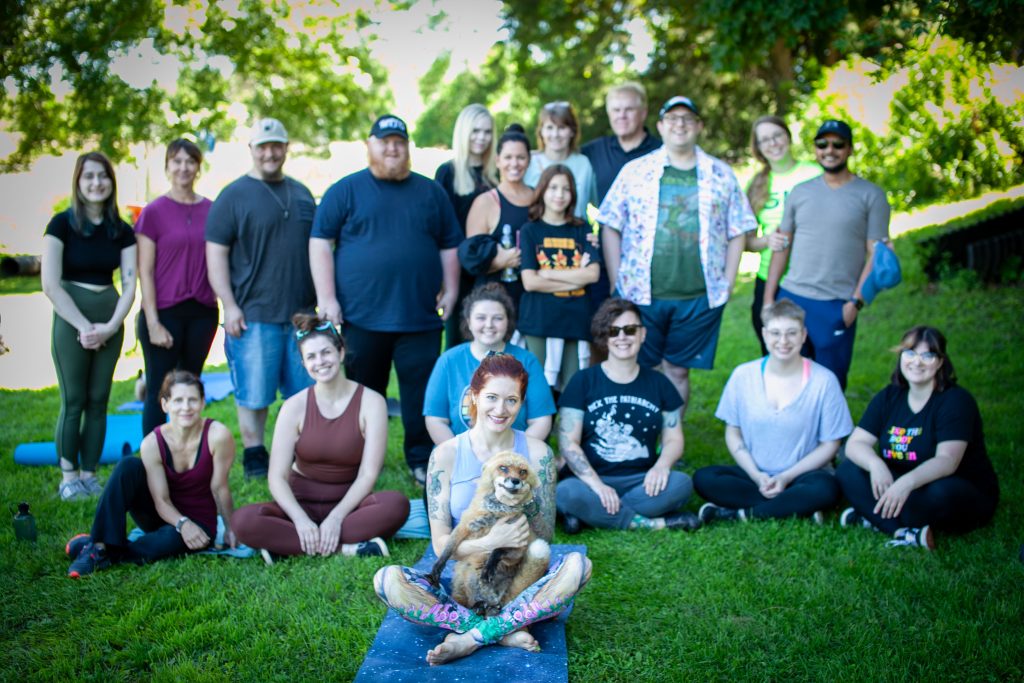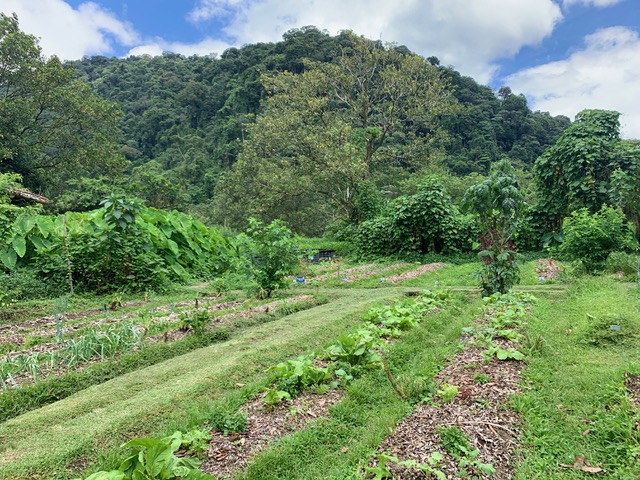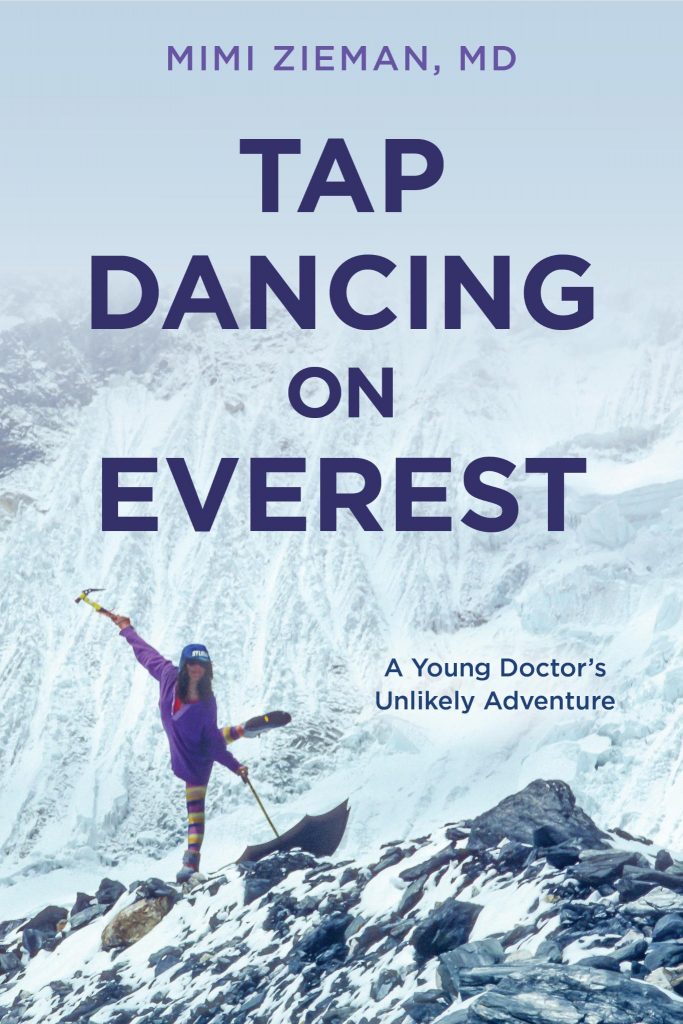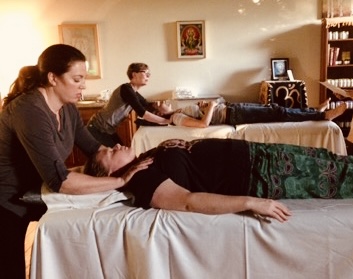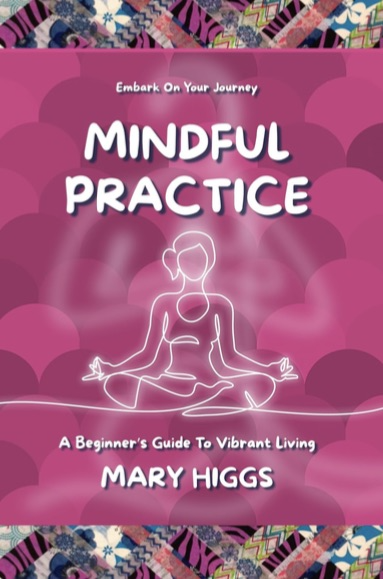Title: How to Have Antiracist Conversations
Sub: Embracing Our Full Humanity to Challenge White Supremacy (Berrett-Koehler Publishers, Inc, 2023)
Roxy Manning begins the book with an acknowledgment: “You’ve picked up a book that has already sparked debate,” she writes. As a Black Caribbean immigrant, Manning is no stranger to the divide race often creates — and the difficult and painful conversations between people with different values.
Born in Trinidad, Manning moved to Harlem as a child and experienced many cultures beyond her own as she grew up. She saw the anger, confusion, and “othering” stemming from a white supremacist influenced culture, and the turmoil it left in its wake. Despite achieving success as an adult, Manning struggled, feeling like something was still out of place. It wasn’t until she was introduced to Nonviolent Communication training that things began to click. “I realized how much I had indeed learned to prioritize other people’s well-being and other people’s comfort, no matter the cost to myself,” she writes.
The training opened Manning’s eyes to blind spots in her own life, and for those around her. “I didn’t have to choose between myself and other people any longer,” she explains. “Instead, I saw the power and freedom I gained when I identified both my needs and the needs of others.” Her book culminates years of training, discussions, and growth, paving the way for people to have healthy, honest conversations about racism, all in the name of the Beloved Community (a phrase coined by Dr. Martin Luther King Jr.).
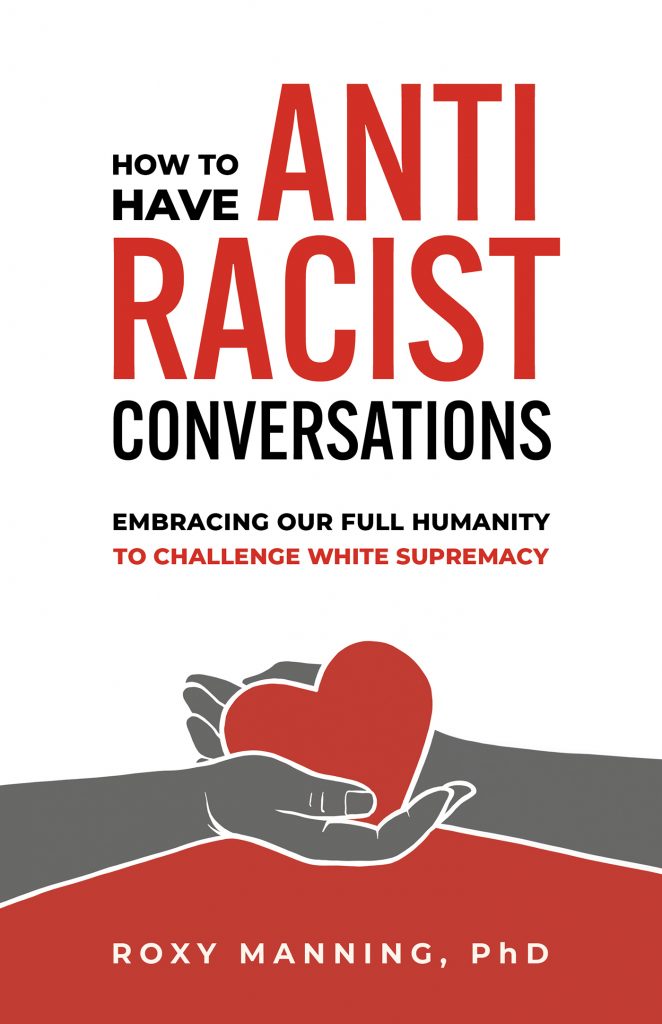
Manning specializes in communication, and she utilizes her skills in organizational consultation, workshops and retreats, public speaking, and interpersonal coaching. She’s worked with Google, Stanford University, Teach for America, and many others. How to Have Antiracist Conversations uses the concepts of Nonviolent Communication and the Authentic Dialogue framework to help people understand one another. “Nonviolent Communication provides a path to Beloved Community,” writes Manning. “It enables us to unapologetically name racist harm when it occurs, to persist in advocating for change, in a way that holds care for all.”
Throughout the book, Manning gently but strongly works to push white readers out of their comfort zone, while also fully explaining her process and approach. While she doesn’t shy away from words such as privilege, racism, or white fragility, Manning also brings in new terms such as Actors (people who do racist acts), Receivers (people who experience racist acts), and Bystanders (people who witness racist acts) — terminology grounded in the work of Dominic Barter. These terms steer away from assigning the kind of judgment the words “victim” or “perpetrator” sometimes evoke.
Manning’s writing is an easy, conversational style. She tackles many concepts, including confirmation bias (we’re more likely to believe information that confirms what we already believe); group attribution error (behavior from someone in a group we don’t belong to defines the entire group); and the illusory truth effect (when we hear information repeated multiple times, we tend to believe it). Manning guides the reader to understand the motive behind their values and beliefs, and to listen to those we disagree with without first jumping to conclusions or judging the other.
With intelligence and compassion, Manning provides a new way to approach antiracist conversations, empowering each individual – whether they’re the Actor, Receiver, or Bystander – to engage with those around them. Love and kindness radiate in every chapter of How to Have Antiracist Conversations. “Be kind to yourself,” she writes. “You may find yourself returning repeatedly to your old patterns… as these are the strategies that your brain created to give your body relief.” She recommends thanking these strategies for what they have done to protect you and then wishing them well as you release them. “Each time we fail,” writes Manning, “we must try to hold ourselves with compassion. Because it is through compassion, understanding, and relational support that we can grow the resilience and the new neural pathways to make it possible to try again.”









